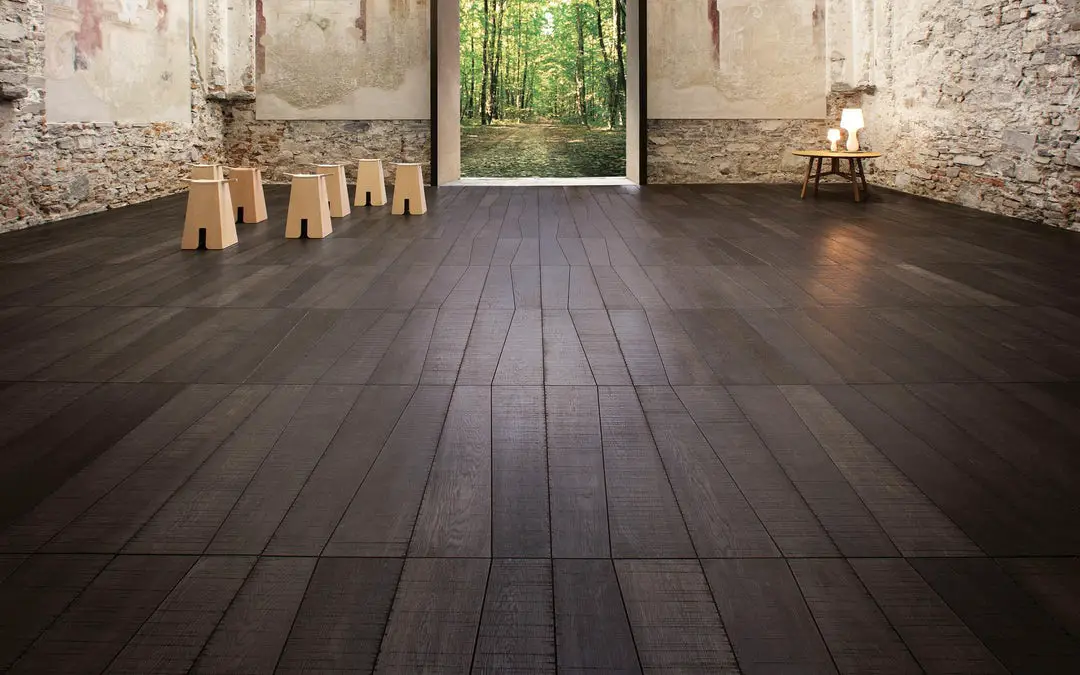If you have hardwood floors that look worn or damaged, refinishing them can make them look brand new again. Hardwood floor refinishing is the process of sanding down the existing wood surface, repairing any damage, and applying new stains and/or finishes. It’s an involved process, but with some knowledge of what to expect, you’ll be prepared.
Why Refinish Hardwood Floors
Refinishing hardwood floors can completely transform the look and feel of your home. Over time, even the highest quality hardwood floors will show signs of wear and tear from foot traffic, pets, furniture, and more. By refinishing the floors, you can restore their original beauty and dramatically update the style of any room. Many homeowners contact a professional hardwood floor refinisher to handle this intensive process and ensure outstanding results.
There are a few reasons why refinishing hardwood floors is worthwhile:
- Restore beauty — Over time, floors lose their luster. Refinishing removes scratches, dents, and discoloration and brings back the wood’s natural beauty.
- Remove old finishes — Old wax or polyurethane finishes can discolor and wear away. Refinishing allows new modern finishes to be applied.
- Even out wear patterns — High-traffic areas may show excessive wear. Refinishing blends these areas with the rest of the floor.
- Change color — Don’t like the current stain color? Refinishing allows you to update the color.
- Improve value — Refinished hardwood floors can increase a home’s resale value. Buyers are willing to pay more for nicely maintained floors.
Assessing Your Floors
Before starting a refinishing project, assess the current condition of your floors. If there are only minor scratches and worn areas, screening and recoating may be sufficient. Screening uses a coarse sanding disk to buff the floor and remove top layer wear. Recoating applies new polyurethane without fully sanding.
For more extensive wear, gaps between boards, or deep discoloration, sanding the floors down to bare wood is needed. An expert can help determine the best approach for your particular floors.
Choosing a Refinishing Company
Refinishing hardwood floors requires skilled technicians and specialized equipment. Hiring a professional service is highly recommended. When choosing a company:
- Ask for references and look at past work.
- Verify the company is insured and licensed as needed.
- Find out what types of finishes they offer. Site-finished polyurethane applied after installation provides the most durable finish.
- Ask about warranties on workmanship. Good companies will guarantee their refinishing work for some time.
- Get an estimate of costs in writing. Red flags include very high or very low bids.
The Refinishing Process
Refinishing hardwood floors is an intensive, multi-day process. Here is what you can expect:
- Prepare the Area
The technician will remove all furnishings, appliances, and baseboards from the areas being refinished. Shoe molding may also be removed. Anything left in the work area risks being damaged by dust.
- Deep Cleaning
Your floors will be cleaned thoroughly to remove all dirt, debris, wax and residue. Any grease or oil stains will be deglossed.
- Sand the Floor
Using specialized equipment, the old finish will be sanded off and the floor smoothed. Progressive finer grit sandpapers are used down to 120-150 grit for residential floors. Crews wear masks to protect from wood dust.
- Floor Repairs
Any damaged boards, gouges, or open seams will be repaired and filled. New boards may be needed if any are cupped or warped.
- Second Sanding
A final light sanding ensures the floor is ready for finishing. Tack cloths are used to remove all remaining dust particles.
- Apply Stain
If staining, a high-quality penetrating stain is applied evenly according to manufacturer directions. The stain color should be consistent across the entire floor.
- Finish Application
Two to three coats of a clear polyurethane finish are applied with a paint pad applicator. Water-based urethane is common in residential settings. Each coat must be allowed to dry completely.
- Cure Time
The finish will cure fully in 5–7 days after the final coat. No walking on the floors during this time allows the finish to harden properly.
- Transition and Trim Work
Any shoe molding, baseboards and transitions removed will be reinstalled. Quarter round or other trim work may also take place.
- Cleanup and Furniture Move-In
Finally, the work area will be thoroughly cleaned up and furnishings moved back in. Your newly refinished floors are ready to enjoy!
Maintenance Tips
To keep your refinished floors looking fresh, follow these maintenance tips:
- Sweep and vacuum regularly using soft settings. Avoid vacuums with beater bars.
- Wipe up spills promptly. Use a damp mop for sticky messes.
- Use felt floor protectors under furniture legs. Periodically clean protectors.
- Limit direct sunlight exposure, which can cause fading. Use blinds and curtains.
- Maintain relative humidity between 30-50%. Very dry air can damage floors.
- Only use cleaners made specifically for polyurethane-finished hardwood.
- Consider periodic re-coating every 3–5 years to protect the finish.
Summary
Refinishing your hardwood floors requires an investment of time and money. But properly done, it can restore their natural beauty, remove old finishes and damage, change color schemes, and dramatically update the look of your home. With a professional refinisher, some preparation, and care of your newly finished floors, they can once again be a source of pride and enjoyment for years to come.
